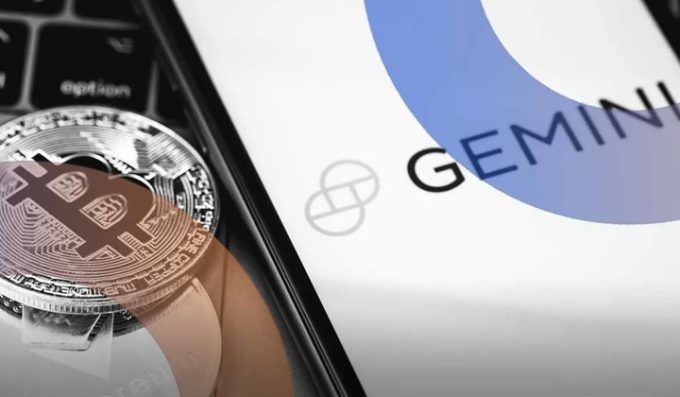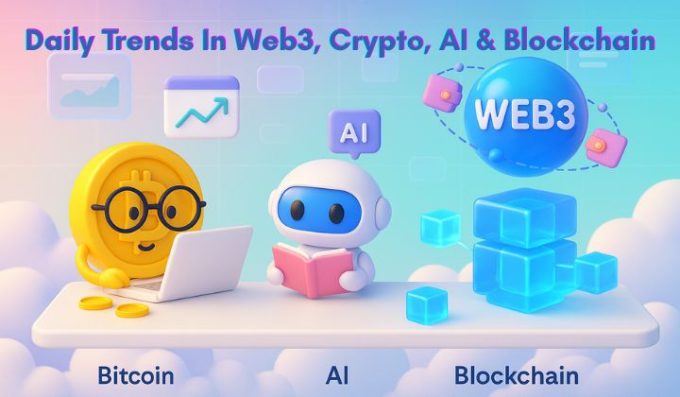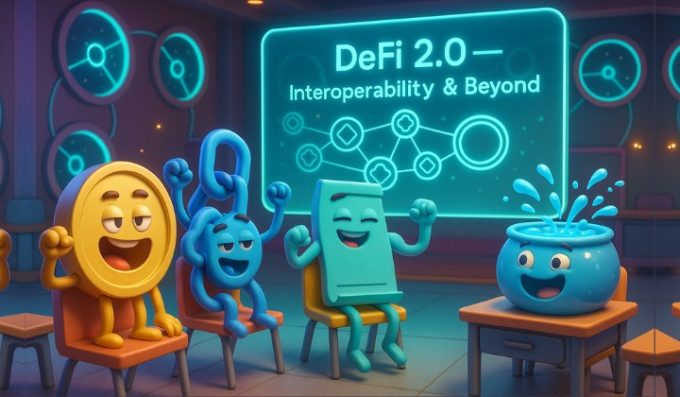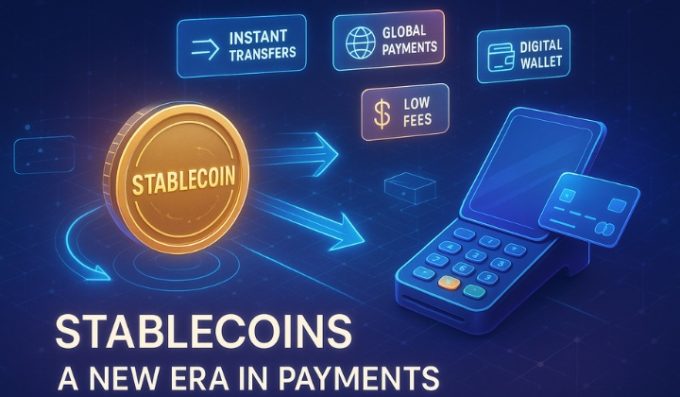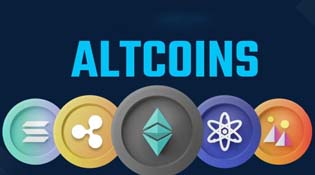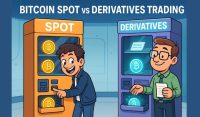Introducing Zero-Knowledge ZK RollUps
ZK-rollups offer promising potential for expanding the blockchain economy while maintaining trust reduction and censorship resistance.
In the past, blockchains have found it difficult to maintain a high degree of trust reduction for use cases that need to be quick and inexpensive. For the ultimate goal of bringing the benefits of trust minimization to billions of people to be realized, blockchains need to process significantly more transactions than they currently handle, while maintaining low transaction costs for regular users to easily participate in the Web3 economy.
The goal of blockchain research and development is to scale the technology enough that smart contracts may function as the foundation of numerous important businesses, including gambling, insurance, banking, and logistics. Using zk rollups, which transfer compute and state to off-chain networks while keeping transaction data on-chain.
Guide to Zk-Rollups
Zero-knowledge rollups, or zk-rollups, are layer-2 scaling solutions that store transaction data on a layer-1 network (like Ethereum) and move computation and state off-chain to off-chain networks. Zero-knowledge proofs validate state alterations after computing them off-chain.
In addition to significantly reducing transaction costs and increasing transaction throughput, zk-rollups also inherit the security of the base-layer (layer-1) network to which they are attached for settlement. Zk-rollups only need to periodically post valid batches of transactions from the layer-2 network to the layer-1 network, utilizing only the security and censorship resistance of the base layer for settlement as opposed to publishing every transaction on-chain. Rollups widely use data compression techniques to minimize the data posted on layer 1.
How Do Zk-Rollups Function?
Zk-rollups improve scalability by only requiring valid transaction batches periodically processed using off-chain computing, instead of broadcasting all transaction data on-chain. These bundles are then “rolled up” into a single summary of the state changes, which are then validated by the base layer through a validity proof that establishes the changes’ correctness through a zero-knowledge proof. This provides a mathematical guarantee that the state changes suggested by layer 2 are accurate and that the outcome of the batch of transactions that were executed is accurate.
Zk-rollups typically depend on the foundation layer for data settlement, accessibility, and resistance to censorship. The rollup’s status is controlled by a smart contract on the layer-1 network. The layer-2 operator receives a transaction submitted by a user on the rollup and includes it in the next transaction collection. One of these operators could be a sequencer, a centralized entity that conducts transactions, gathers them into batches, and transmits the batches to the layer-1 network. Zk-rollups can also use a proof-of-stake mechanism, wherein a set of validators who have contributed money to a roll-up staking contract take turns executing and aggregating transactions.
Difference Between Zk-Rollup and Optimistic Rollup
Optimistic rollups are a different scaling approach for layer 2, which is very different from zk-rollups. In place of validity proofs, optimistic rollups use a fraud-proof technique that allows any user to challenge the outcome of an optimistic rollup’s implementation within a specified time limit.
zk-rollups confirm the authenticity of state changes cryptographically. Optimistic rollups take transactions for granted unless their accuracy is questioned, as they do not rely on validity proofs. After filing an optimistic rollup bundle on the base layer, anyone can dispute the outcome of a rollup transaction by determining its fraud-proof status. The roll-up protocol re-executes the transaction and updates its state if the fraud-proofing is successful. If no one contests optimistic rollup state transitions before the challenge time ends, a layer 1 collection of transactions is considered valid.
When withdrawing funds from an optimistic rollup to layer 1 using a native bridge, adopting a fraud-proof mechanism with a demanding period also means that there must be a waiting period (usually seven days) between filing a withdrawal request and the funds becoming available on the base chain.
However, liquidity providers in optimistic rollups can enable customers to withdraw money faster for a modest fee, preventing the worsened user experience caused by an extended waiting period. Optimistic rollups can employ various game-theoretic procedures and economic incentives to prevent network traffic caused by fake fraud proofs.
Optimistic rollups have a head start in terms of adoption because of the relative simplicity of the technology and the lower chance of implementation errors, despite the complexity and novelty of zero-knowledge proofs. Nevertheless, zk-rollup proponents contend that they are a superior long-term scalability solution due to their utilization of cryptographically verifiable validity proofs.
Advantages and Disadvantages of Zk-Rollups
Transaction throughput of the smart contract ecosystem can be greatly increased by offloading state and transaction execution from a low-throughput base layer to a high-throughput compute environment while still retaining the security of the underlying blockchain. The blockchain’s fundamental layer is still in charge of the consensus procedure, which confirms the legitimacy of transactions carried out by the execution layer.
The layer-1 blockchain’s computational bandwidth is notably used more effectively as a result since complete nodes are only required to verify zero-knowledge proofs and store a reduced amount of transaction data rather than having to carry out each transaction.
Rollups also include important security features that allow customers to withdraw money from layer 2 even if the rollup network is unavailable. In contrast, a network failure could cause a large loss of cash on autonomous or sidechain blockchains. Zk-rollups also lower user transaction costs because evidence verification is fixed.
As utilization rises, more users share the consensus costs, leading to a decrease in these costs. This is an important benefit that traditional blockchain settings, where user fees increase with usage, do not offer. Additionally, rollups use a 1-of-n trust model, which requires only one honest node to ensure the validity of the off-chain computation.
However, because of the foundation layer’s constraints and excessively expensive block space, rollups might not be as fast or affordable as independent chains. Zk-rollups can challenge permissionless composability and fracture ecosystem liquidity compared to applications running on the same base layer. It is imperative to acknowledge that rollups are a relatively new concept in comparison to autonomous blockchains and that there could be potential hazards associated with upgrades.
Conclusion
ZK-rollups are one of the most promising technologies for meaningfully growing the blockchain economy while maintaining its fundamental characteristics of trust reduction and censorship resistance.
Developers can customize a layer-2 network to meet their unique requirements and create highly specialized computing environments that inherit the security of a public, decentralized base layer by scaling through rollups. As rollups become more widely used, more blockspace will become available, enabling greater activity and expanding the range of industries that can benefit from blockchain technology.
You need to login in order to Like






